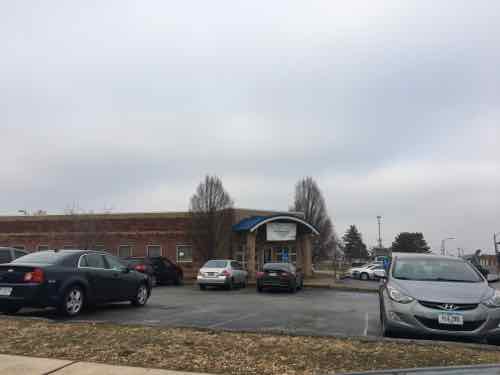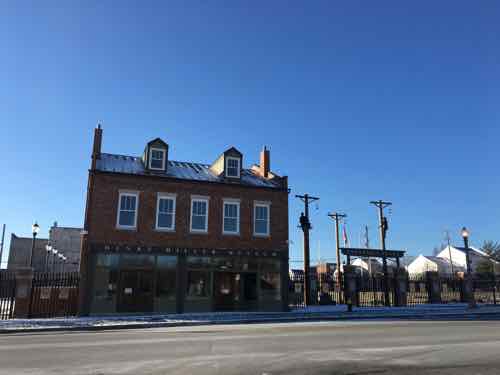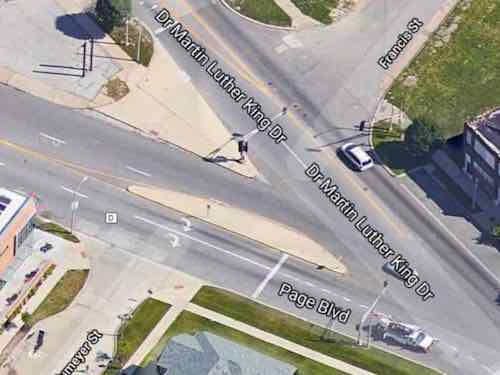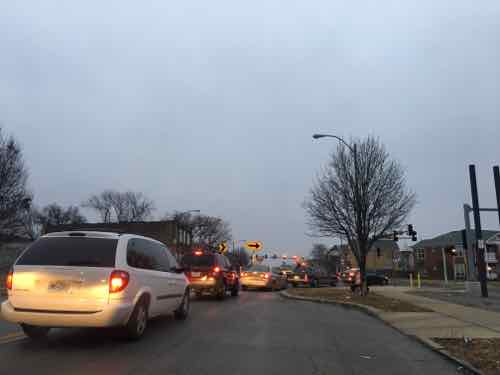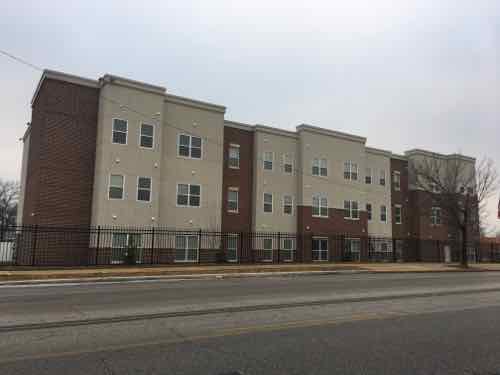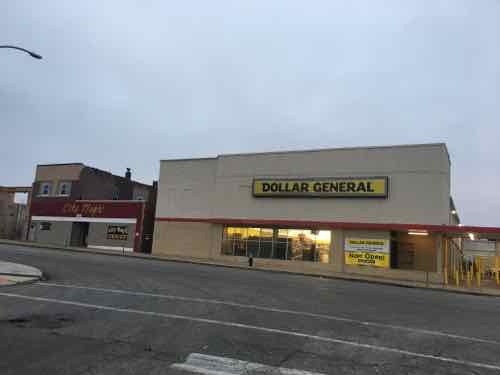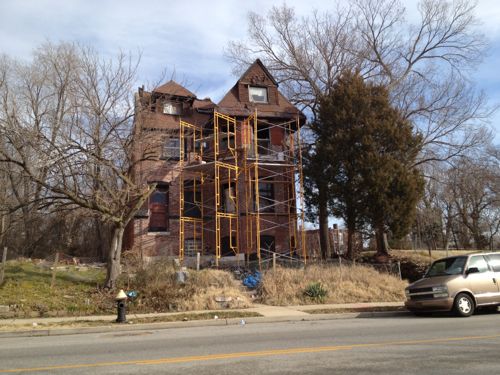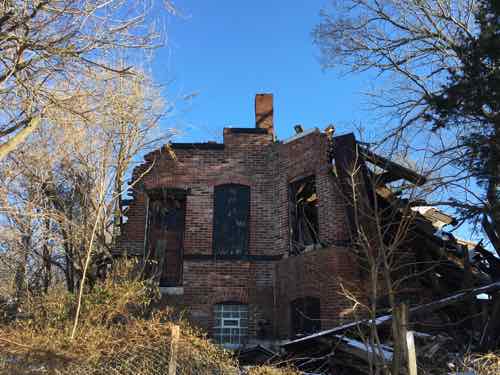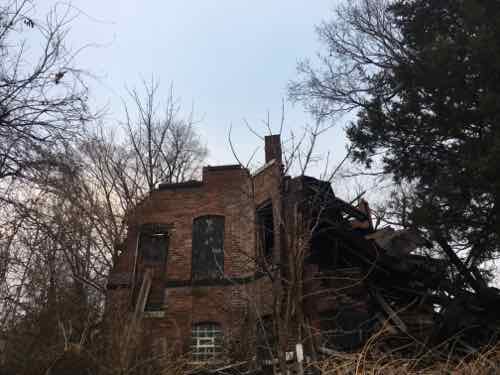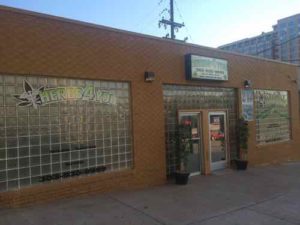Readers Split On Homicide Rate
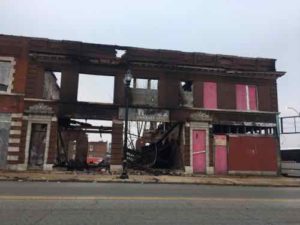
Last year St. Louis had more homicides than we’d seen in a couple of decades. This year we have a new police chief, hired from within, and our mayor in her first full calendar year in office. Will they be able to lower the number of homicides this year?
Of course none of us know for sure…we can only guess. My personal feeling is until we make significant progress toward addressing economic inequality we’ll continue seeing the same level of violence. Inequality — real & perceived:
Hicks and Hicks (whose relation is unclear) found that the link between conspicuous consumption and high crime rates is much stronger than the link between income inequality and crime.
That said, when spending is visible, the rates of only certain types of crimes tend to spike. Theft and vandalism, interestingly, aren’t significantly more present, but murder and assault are. These findings actually take a bit away from Gary Becker’s hypothesis, seeing as a visibly luxurious car apparently isn’t likely to inspire theft. Instead, this study adds to what’s called “strain theory,” which is another way of making sense of criminal behavior. Strain theory suggests that when poorer people perceive inequality, they feel less of a commitment to social norms and in turn come to view crime as more acceptable. The key insight the Hicks’s study provides is that when potential criminals are giving up on social expectations, they’re doing so based on information that’s visible, not information that’s password-protected. (The Atlantic)
Placing signs in your yard saying “We’ve got to stop killing each other” or calling on a deity might make you feel better — but they don’t do a thing to address the actual problems in our high-crime neighborhoods. How you ask?
From Talk Poverty in 2015:
- If the private market fails to provide enough jobs to achieve full employment, the government must become the employer of last resort.
- When growth is below capacity and the job market is slack, apply fiscal and monetary policies aggressively to achieve full employment. Right now, this means not raising interest rates pre-emptively at the Fed and investing in public infrastructure.
- Take actions against countries that manage their currencies to subsidize their exports to us and tax our exports to them. Such actions can include revoking trade privileges, allowing for reciprocal currency interventions, and levying duties on subsidized goods.
- Support sectoral training, apprenticeships, and earn-while-you-learn programs.
- Implement universal pre-K, with subsidies that phase out as incomes rise.
- Raise the minimum wage to $12/hour by 2020 and raise the overtime salary threshold (beneath which all workers get overtime pay) from $455/week to $970/week and index it to inflation.
- Provide better oversight of financial markets: mandate adequate capital buffers, enforce a strong Volcker Rule against proprietary trading in FDIC-insured banks, strengthen the Consumer Financial Protection Bureau, and encourage vigilant oversight of systemic risk in the banking system by the Federal Reserve.
- Level the playing field for union elections to bolster collective bargaining while avoiding, at the state-level, anti-union, so-called “right-to-work” laws.
- Maintain and strengthen safety net programs like the EITC and CTC, SNAP, and Medicaid.
- In order to generate needed revenue and boost tax fairness: reduce the rate at which high-income taxpayers can take tax deductions, impose a small tax of financial market transactions, increase IRS funding to close the “tax gap” (the difference between what’s owed and what’s paid), and repeal “step-up basis” (a tax break for wealthy inheritors).
To many of us the choice is clear — all of the above or continue to see the violence escalate.
Here is the results of the recent non-scientific Sunday Poll:
Q: Compared to 2017, the number of homicides in the City of St. Louis for 2018 will be…
- significantly lower 1 [3.85%]
- slightly lower 7 [26.92%]
- about the same 7 [26.92%]
- slightly higher 8 [30.77%]
- significantly higher 2 [7.69%]
- Unsure/No Answer 1 [3.85%]
A year from now we’ll know who was right.
“Many white Americans of good will have never connected bigotry with economic exploitation. They have deplored prejudice but tolerated or ignored economic injustice.”
–Dr. Martin Luther King Jr. Why We Can’t Wait, 1964 (Newsweek)
Aresting and locking up more people isn’t the answer, providing an economic alternative to crime is the long-term solution.
— Steve Patterson


